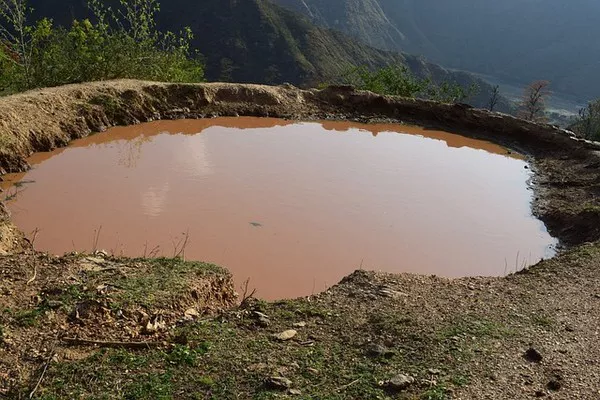Sewage treatment is a critical process that protects public health and the environment by effectively managing and purifying wastewater before its discharge. Among the various treatment methods employed, chlorination stands out as an indispensable step in the sewage treatment process. Chlorination involves the addition of chlorine or its compounds to wastewater to disinfect and eliminate harmful microorganisms, ensuring that the treated effluent meets stringent health and safety standards. In this article, we delve into the reasons why chlorination is crucial in sewage treatment, exploring its benefits and the impact it has on safeguarding both human health and the environment.
Microbial Pathogen Elimination
One of the primary reasons for incorporating chlorination in sewage treatment processes is its unparalleled ability to eliminate microbial pathogens. Raw sewage often contains a variety of harmful bacteria, viruses, and parasites that pose a significant threat to human health if not properly treated. Chlorine, a powerful disinfectant, effectively targets and destroys these microorganisms, rendering them harmless.
Pathogens such as Escherichia coli (E. coli), Salmonella, and various viruses can cause severe waterborne diseases when present in untreated sewage. Chlorination acts as a robust barrier against the spread of these pathogens, ensuring that the treated effluent meets water quality standards mandated by health and environmental regulations.
Prevention of Waterborne Diseases
Chlorination plays a pivotal role in preventing the outbreak of waterborne diseases that can result from the discharge of inadequately treated sewage into water bodies. Water contaminated with pathogenic microorganisms can lead to diseases like cholera, typhoid, and dysentery, causing widespread health crises.
By employing chlorination in sewage treatment, the risk of waterborne diseases is significantly reduced. The disinfection process ensures that the treated wastewater is safe for discharge into receiving waters, protecting downstream communities that rely on these water sources for various purposes, including drinking, recreation, and agriculture.
Residual Disinfection and Continued Protection
One key advantage of chlorination is its residual disinfection effect. After initial treatment, a certain amount of chlorine remains in the treated water as a protective barrier against the re-growth of harmful microorganisms during the distribution and storage of water. This residual disinfection is crucial in maintaining the microbiological quality of water throughout the distribution system and protecting consumers from potential health hazards.
Chlorine’s ability to provide ongoing protection helps ensure the safety of the water supply even after the treatment process, safeguarding public health and minimizing the risk of waterborne diseases over an extended period.
Removal of Odors and Unpleasant Tastes
Sewage often carries with it unpleasant odors and tastes resulting from the presence of organic and inorganic compounds. Chlorination aids in neutralizing these unwanted elements, contributing to the overall improvement of the aesthetic qualities of the treated water.
Chlorine reacts with organic and inorganic substances present in sewage, forming chlorinated compounds that can be easily removed during subsequent treatment processes. This not only addresses the sensory concerns associated with sewage effluent but also enhances the acceptability of treated water for various uses, including irrigation and industrial processes.
Control of Algae and Nuisance Organisms
Chlorination serves as an effective tool in controlling algae and other nuisance organisms that can proliferate in sewage and receiving waters. Algae blooms can lead to oxygen depletion and the release of toxins, negatively impacting aquatic ecosystems and posing risks to human and environmental health.
Chlorine disrupts the cellular structures of algae and other unwanted organisms, preventing their growth and ensuring the ecological balance of receiving waters. This control mechanism is vital for the protection of aquatic ecosystems and the preservation of biodiversity in water bodies impacted by sewage discharge.
See Also Why Sewage Treatment Is Necessary? An In-Depth Analysis
Conclusion
In conclusion, chlorination plays a pivotal role in sewage treatment by addressing microbial contamination, preventing waterborne diseases, providing residual disinfection, eliminating unpleasant odors and tastes, and controlling algae and nuisance organisms. The incorporation of chlorination in sewage treatment processes is essential for meeting stringent water quality standards, safeguarding public health, and protecting the environment.
As we continue to face challenges related to population growth and urbanization, ensuring the efficacy of sewage treatment becomes increasingly critical. Chlorination remains a cornerstone in the arsenal of sewage treatment technologies, offering a reliable and proven method for mitigating the health and environmental risks associated with untreated wastewater. Ongoing research and technological advancements in chlorination processes will further enhance our ability to achieve efficient and sustainable sewage treatment, ensuring the well-being of communities and ecosystems for generations to come.

